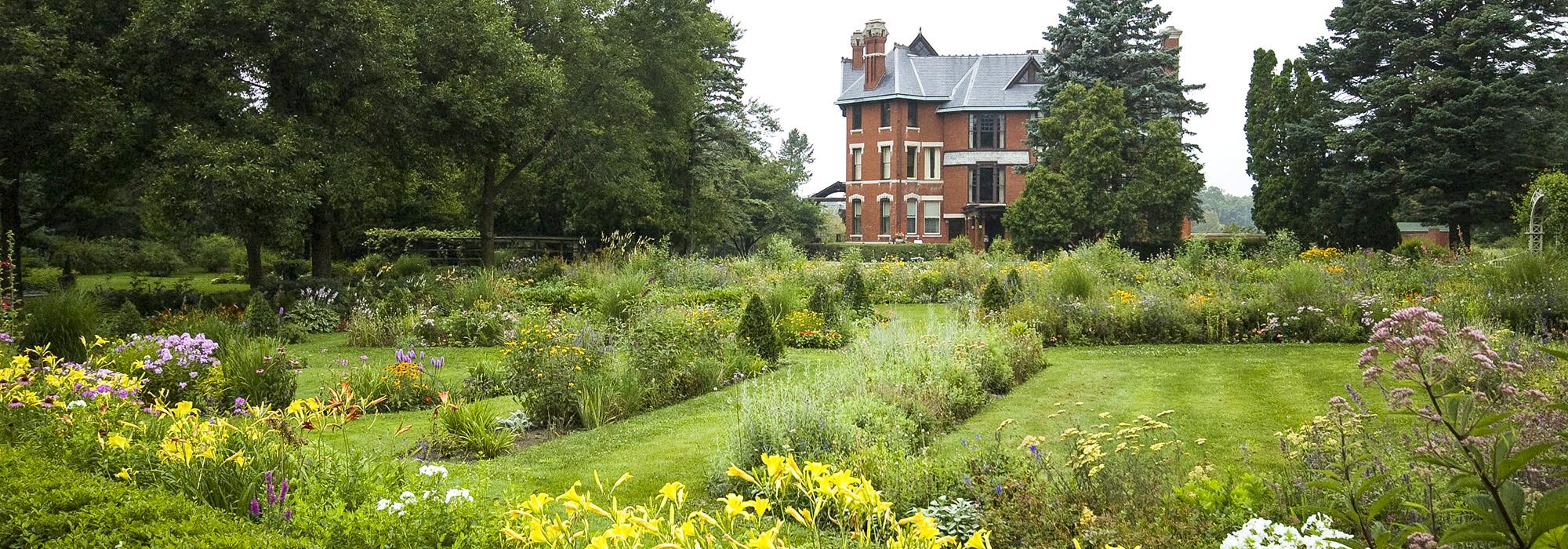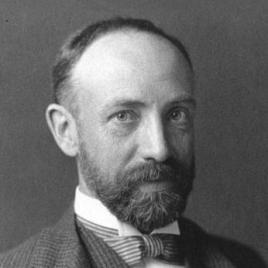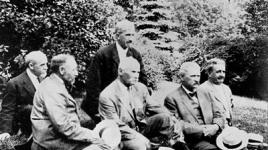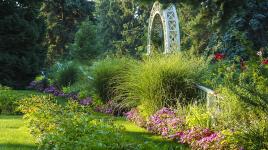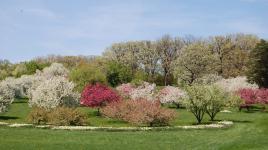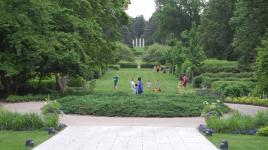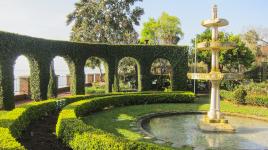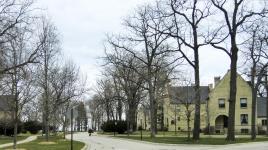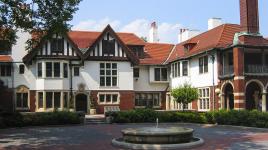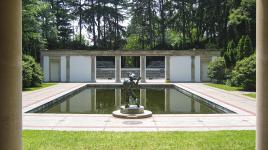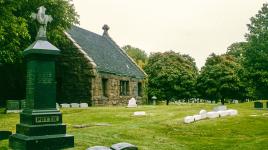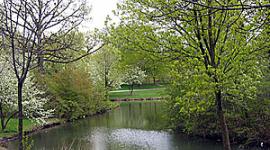Pioneer Information
A founding member of the American Society of Landscape Architects, Simonds was educated as an architect and civil engineer, and preferred to call himself a landscape gardener. His early design work in Chicago led to his appointment as superintendent of Graceland Cemetery, a project which cultivated his strong conviction that the best landscape design is inspired by nature, informed by local landforms, and constructed using indigenous plant materials. In his 1915 publication of The Prairie Spirit in Landscape Gardening, Wilhelm Miller credits Simonds, Jens Jensen, and Walter Burley Griffin as creators of the Prairie Style. Simonds, in response, simply advocated the designer’s responsibility to create the most beautiful effect possible, responsive to the site. His design accomplishments are many, throughout the U.S. and particularly in the Midwest. They cover a breadth of landscape types, from residential design, estates, and boulevards to college campuses, parks, and cemeteries. Simonds’ treatise, Landscape Gardening, published in 1920, is the best record of his design philosophy and his self-appointed role as defender of the native American landscape. His notable projects include Sinnissippi Farm, Oregon, Illinois; the Morton Arboretum, Lisle, Illinois; Frick Park in Pittsburgh; Washington Park, Springfield, Illinois; and Palmer Park and Subdivision in Detroit.



